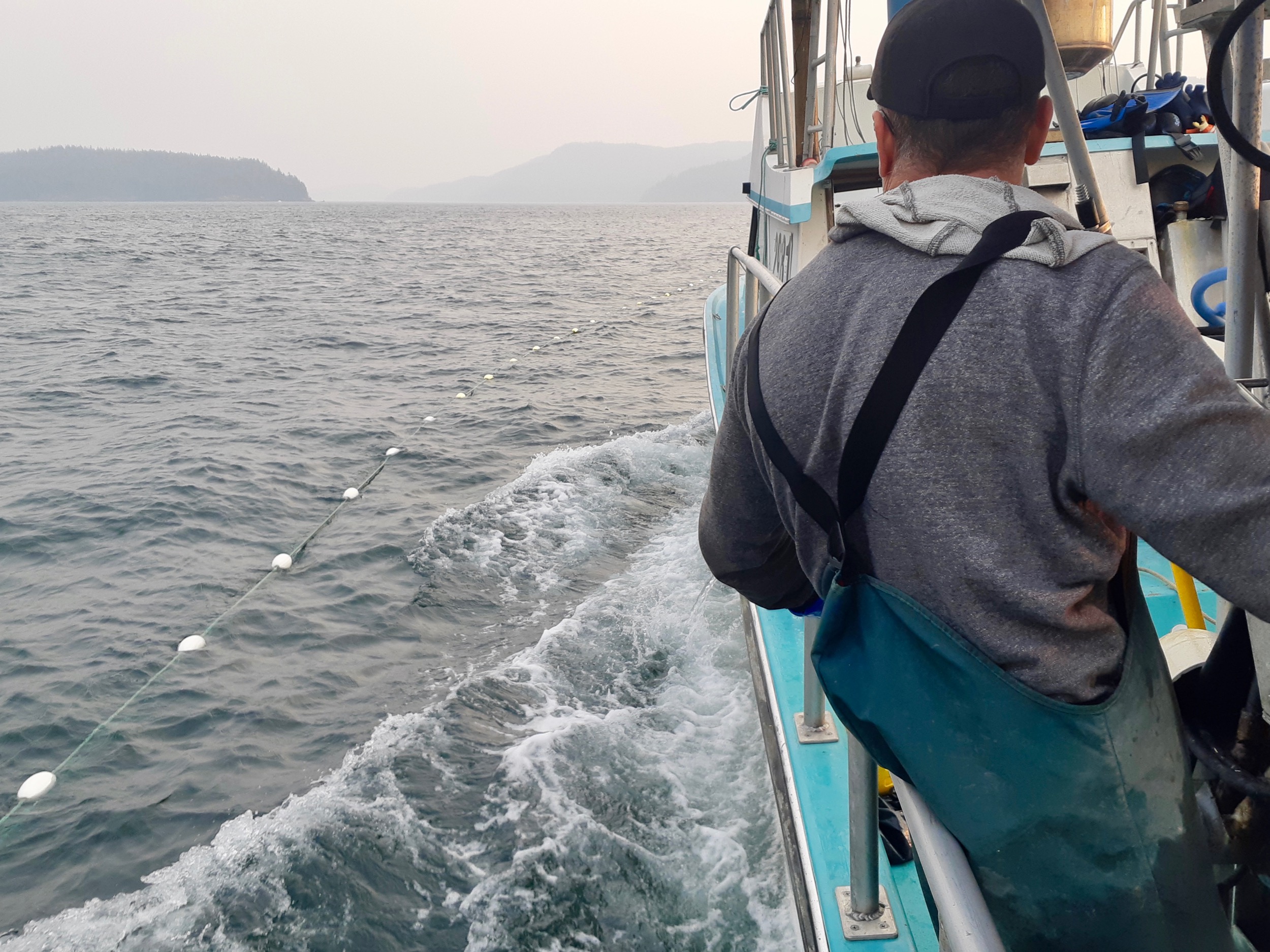As the province permits mines to hold more tailings slurry behind ever-growing dams, a new report finds the consequences of a failure grow in step. Climate change could make things even worse.
Francesca Fionda, The Narwhal
 Shaun Strobel has been salmon fishing on the Fraser River and B.C. coast since he was a child. Today he runs a community-based fishery and worries how a mine tailings release in the watershed could affect the river he, and many others, rely on. Photo: courtesy of Skipper Otto
Shaun Strobel has been salmon fishing on the Fraser River and B.C. coast since he was a child. Today he runs a community-based fishery and worries how a mine tailings release in the watershed could affect the river he, and many others, rely on. Photo: courtesy of Skipper Otto
Shaun Strobel is hoping for a healthy return of Sockeye salmon to B.C.’s Fraser River this August. He grew up fishing, joining his father who got his start in the former fishing village of Steveston, in Richmond, on the Fraser in the late 1970s. “I spent every summer from the time I was seven until 19 on board,” Strobel says. Today, he co-leads Skipper Otto, a community supported fishery made up of 40 different fishing families across B.C. and Nunavut.
The Fraser River salmon runs have been the cornerstone of fisheries in B.C. for thousands of years, says Skipper Otto co-founder and CEO Sonia Strobel, also Shaun’s wife. “It can’t be overstated how significant the Fraser River salmon runs are to the economy in British Columbia, to ecosystems.”
But that hasn’t stopped mining companies from building large tailings dams upstream from communities and critical salmon habitat on the Fraser, nor the government from approving them. And the situation is getting worse. A new report released by BC Mining Law Reform and SkeenaWild, along with an interactive online map, illustrates how the consequences of a dam failure here could be catastrophic, potentially killing hundreds of people, destroying infrastructure and wiping out ecosystems.
“It’s an unthinkable disaster to think about toxic tailings flowing into the Fraser River into surrounding communities,” Sonia Strobel says.
The major consequences of a tailings dam failure, though, aren’t limited to the Fraser River. The report, released today and titled Protecting Communities and Watersheds: Risks of Tailings Dam Failures in the Face of Climate Change, uses new analysis of 172 tailings dams at 75 different mining sites across B.C., and an additional 11 proposed sites. Tailings are crushed mining waste rock with anything desirable removed, and can contain trace heavy metals, selenium and sometimes toxins like arsenic or cyanide. The waste is typically watered down and stored in above ground facilities, retained by tailings dams.
Currently, the province has enough mining waste to fill one million Olympic-sized swimming pools —– and that’s expected to increase by 75 per cent with the 11 proposed new mines, according to the report. The analysis found the height of dams and volume of tailings in these storage facilities have been increasing exponentially. If these sites fail, the consequences could be catastrophic leading to loss of human life, damage to roads and infrastructure and the destruction of ecosystems like salmon watersheds.
...
Read the full article on The Narwhal.